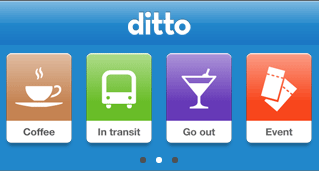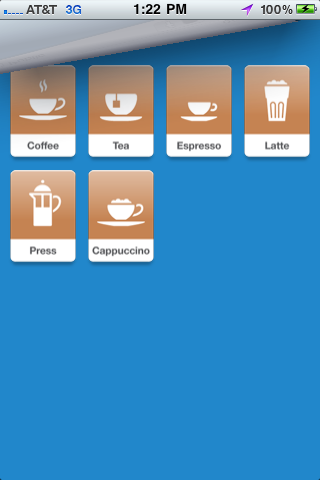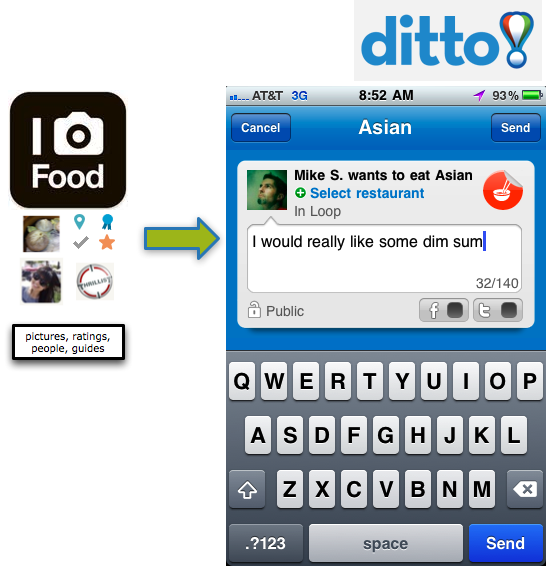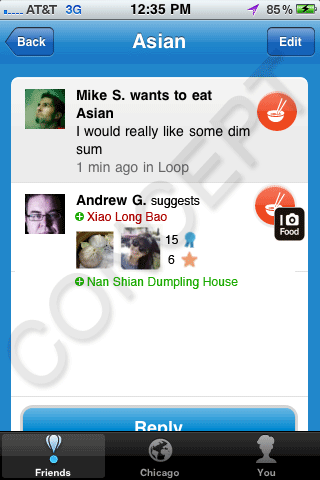Last week I attended Social Loco as a speaker (thank you Mark Evans) and got to hear Ditto CEO Jyri Engstrom sit on a panel called Enabling the Users’ Revolution: from infrastructure to consumer apps. I have been following Ditto since it came out and have been wondering about how it will be used. Some call Ditto “future foursquare” where I prefer to call it “semantic twitter”.

These comparisons are interesting because Ditto is an application that allows a user to announce their intent. One calls is future foursquare because it supposes that you might eventually check in someplace. I prefer semantic twitter because some of the things that you intend to do may not necessarily result in checking in, but are nonetheless very valuable. A user starts by identifying a type of activity by clicking on the “crayon box” at the top. They can then click again to refine their preferences. For instance if you want coffee, you can click the coffee icon a second time and pick that you want a latte. Others can then make suggestions about where you should go or, noticing that your location is attached to your ditto, they can decide if they would like to join you in your quest.

You can drill down from coffee to something more specific
Semantic means structure. Semantic data is expressed the same way every time so that it is easy to analyze and act on. Ditto thrives on making structure easy, but even I was not prepared for what Jyri Engstrom said at social loco. He supposed that if he used Ditto to express that he wanted to go to a restaurant (and I cannot remember which kind he said, so let’s say dim sum) that someone might be able to eventually go to Foodspotting and share a dish with him.
My jaw dropped and the wheels started turning. Why is this brilliant? Sharing a dish from foodspotting is not just sharing a picture or even the name. A dish in foodspotting has a set of common attributes:
- dish name (which is standardized so that each of a certain kind of dish is nicely grouped)
- location
- 4 different rating types
- user who spotted
- guides it belongs to
- comments

The attached data makes the suggestion far more powerful than someone just saying: “Go to Hei La Moon.” With foodspotting the person knows where to go, what people think, what the dish looks like, its exact name, other dishes at the restaurant, other spottings from that person and more.

What if you could drag the dish into Ditto?
There are endless possibilities to integrate Gowalla, foursquare, Yelp, OpenTable and more to the application. What would you integrate? Coming up in my next post, a look at a potential business model.



